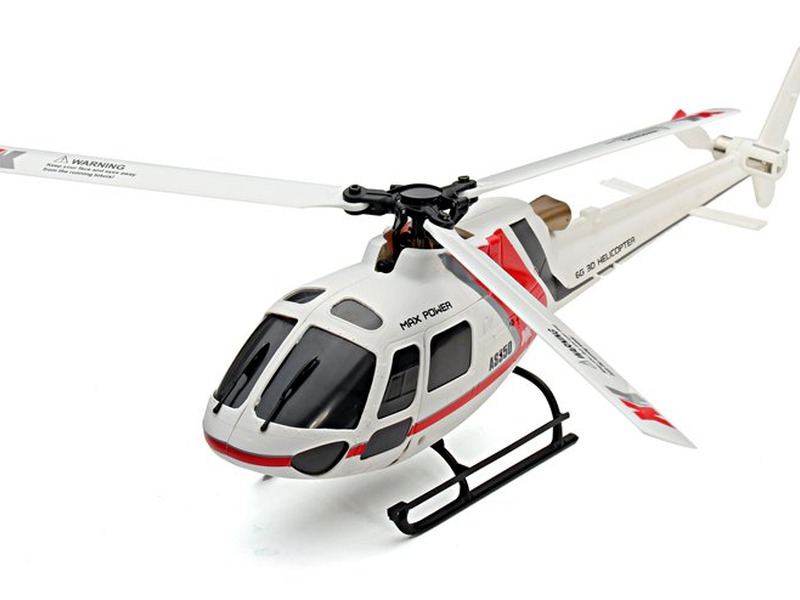Can helicopters fly in wind?

Yes, helicopters can fly in wind. Wind is a natural phenomenon that affects all flying objects, including helicopters. The amount of wind that a helicopter can fly in depends on the type of helicopter, the pilot’s experience, and the wind conditions.
To understand how much wind a helicopter can fly in, it is important to understand the physics of how helicopters fly. Helicopters generate lift with their rotors and use directional control to maneuver. The blades of the rotor provide lift, and the tail rotor provides thrust. As the air passes over the rotor blades, it creates a force that causes the blades to rotate, generating lift.
The amount of lift generated by the rotor is affected by the speed of the air passing over it. This means that when the wind is blowing, the rotor blades will generate more lift, allowing the helicopter to fly faster and higher. However, if the wind is too strong, it can cause the blades to vibrate, making it difficult for the pilot to maintain control.
In general, helicopters can fly in light to moderate winds. The exact wind speed will depend on the type of helicopter and the experience of the pilot. Most helicopters can handle winds up to 20 knots (approximately 23 mph). However, some helicopters are designed to fly in higher winds, up to 40 knots (approximately 46 mph).
When flying in wind, it is important for pilots to be aware of the wind direction and speed. If the wind is blowing directly into the face of the rotor blades, the lift generated will be reduced. This can cause the helicopter to lose altitude and make it difficult for the pilot to maintain control. Pilots should also be aware of wind gusts, which can cause unexpected changes in the aircraft’s performance.
In addition to wind, pilots should also be aware of turbulence. Turbulence can cause the helicopter to pitch and yaw, making it difficult for the pilot to maintain control. Turbulence is caused by changes in the wind speed and direction over short distances.
In conclusion, helicopters can fly in wind, although the amount of wind that can be safely flown in will depend on the type of helicopter, the experience of the pilot, and the wind conditions. Pilots should be aware of the wind direction and speed and be prepared for turbulence. With the right training and experience, helicopters can safely fly in light to moderate winds.
Comments / Question
2. Helicopters should be equipped with an autopilot system to help maintain stability in windy conditions.
3. Pilots should be aware of the wind speed and direction before taking off.
4. Helicopters should be equipped with a wind-sensing device to help the pilot adjust the aircraft’s attitude and heading.
5. Helicopters should be equipped with a stall warning system to alert the pilot if the aircraft is approaching a stall.
6. Pilots should avoid flying in windy conditions if possible.
7. Helicopters should be equipped with a de-icing system to prevent ice buildup on the rotor blades.
8. Pilots should be aware of the potential for turbulence and downdrafts in windy conditions.
9. Helicopters should be equipped with a stall warning system to alert the pilot if the aircraft is approaching a stall.
10. Pilots should be aware of the potential for wind shear in windy conditions.

